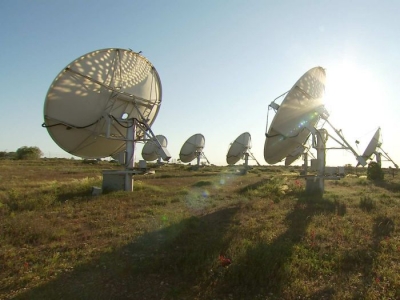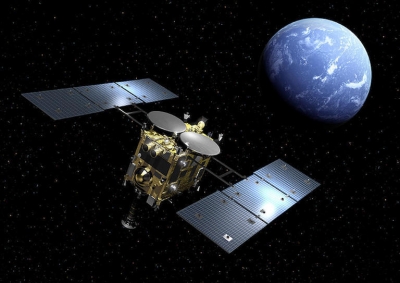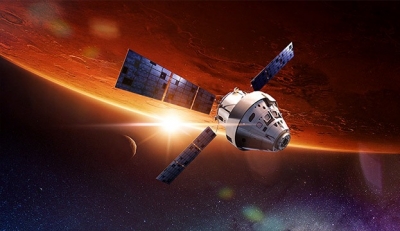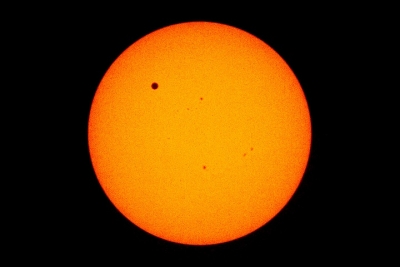Is there actually a blue moon?

You might have heard the idiom "Once in a blue moon" at some point in time. But is there actually a blue moon?
Rare and blue
Blue moon is used to refer to the third full moon in a season which has four full moons. Also called a seasonal blue moon, this occurs once in two-and-a-half years, making it a somewhat rare phenomenon. Today, however, a blue moon is also used to refer to the second full moon that appears in a month, which is also a rare occurrence.
A misunderstanding leads to a new definition
The seasonal definition for the term blue moon dates back to 1937. The August 1937 issue of the Maine Farmers' Almanac explained that moon appears full 12 times in a year, three times each season. However, occasionally there will come a year that has 13 full moons. This means that one of the four seasons will have four full moons, instead of the usual three. The almanac followed certain rules for naming each full moon, such as the last full moon of winter had to fall during Lent and was called the Lenten Moon, while the first full moon of spring was called the Easter Moon and had to fall within the week before Easter.
Thus, when a particular season had four full moons, the third full moon was dubbed a blue moon so that the other full moons could occur at proper times relative to the solstices and equinoxes.
In March 1946, in an article titled "Once in a Blue Moon" which appeared in the Sky and Telescope magazine, the author misinterpreted the Maine Farmers’ Almanac and stated that in a year with 13 full moons, each of the months will have one full moon, while one will have two. However, this definition would mean the blue moon would appear in a different time than the seasonal blue moon since the seasonal blue moon was fixed based on solstices and equinoxes. But this monthly definition became popular after a radio programme in 1980 used this article as a source.
Has the moon ever appeared blue?
While a blue moon appears just like any other full moon, there have been cases where the moon has appeared bluish to the observer. The first major instance when this was observed was after the volcano Krakatoa erupted in 1883. The huge amounts of dust in the air acted as a filter causing sunsets and the moon to turn green and blue all over the world.
Sometimes events such as forest fires and dust storms can also cause the moon to appear bluish.
Picture Credit : Google



